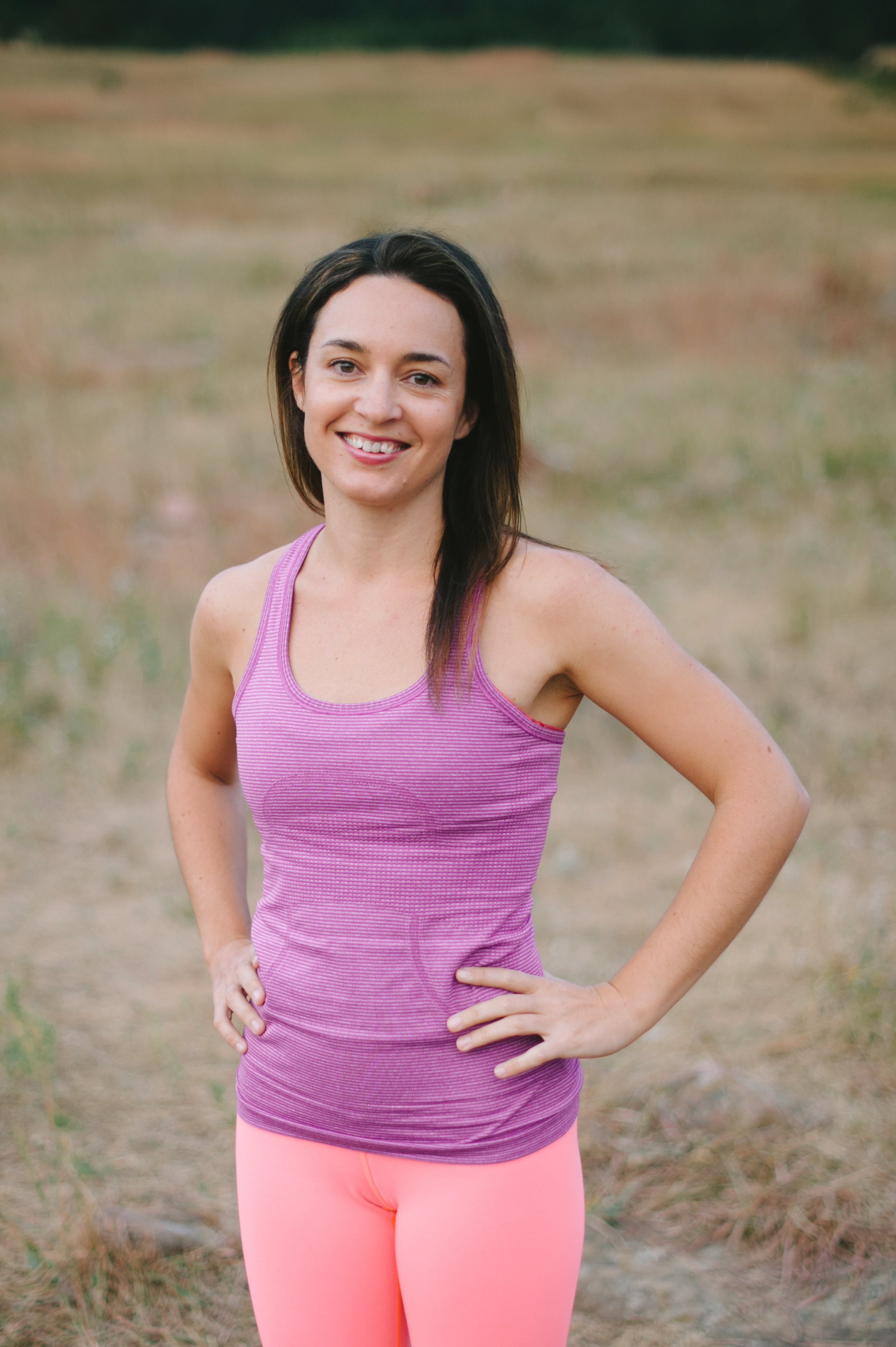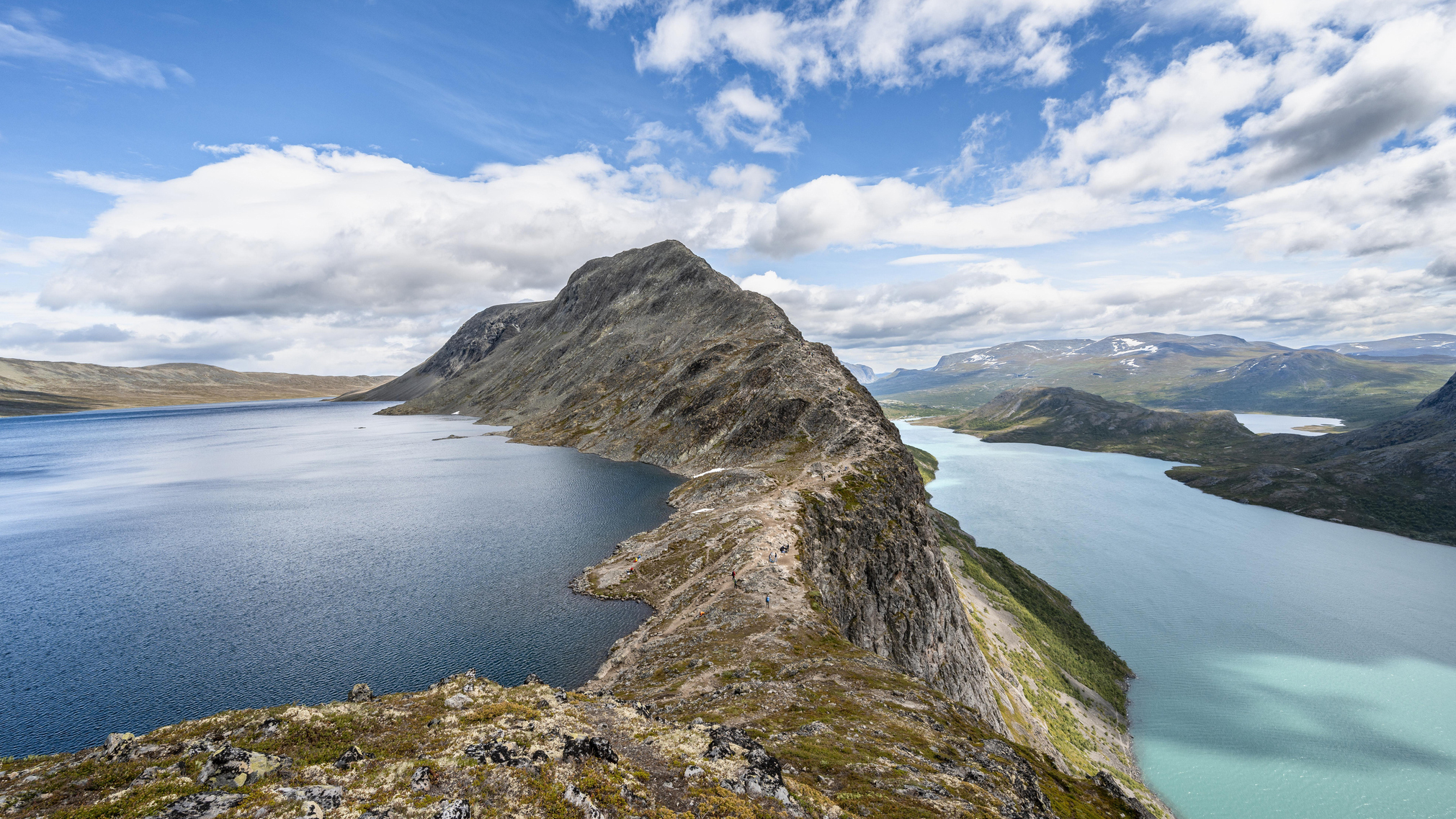Think the UTMB World Series is getting too big for its trail running shoes? It’s only just hitting its stride
There’s work to be done to make the renowned race series more inclusive and sustainable and the organizers say they’re rolling up their sleeves

On a late January day, UTMB race organizers watched the forecast for southwest England apprehensively. Storm Isha had pummelled the area only days before and according to meteorologists, another big storm was brewing. A decision needed to be made: would the Arc of Attrition race, scheduled to take ultra runners on a race across Cornwall’s rugged Southwest Coast Path, be able to go ahead?
In the end, there was a 36-hour window between the two chaotic weather systems and race organizers decided to pounce. Tom Evans shattered the 50-mile men’s record, finishing in 6 hours, 54 minutes and 40 seconds, making him the first runner to break the seven-hour barrier in the race. On the women’s side, Elsey Davis shaved an impressive 25 minutes off the previous course record. And with that bang, the fifth UTMB World Series began.
“It’s iconic, it’s cold, it’s rainy and it’s brutal in terms of landscape. That’s what we like,” says Florian Lamblin, Executive Director of UTMB International who himself took four hours and 37 minutes out from managing global operations to run in the 50k race.
The Arc of Attrition is now in its 10th year, but this is the first time it’s been part of the UTMB circuit, which launched in 2021 and has grown from a single race to 50 events spanning five continents. The circuit is easily the most dominant force in competitive trail running – but why has it gotten so big? And what’s next? I recently sat down with Florian Lamblin, Executive Director of UTMB International to find out.
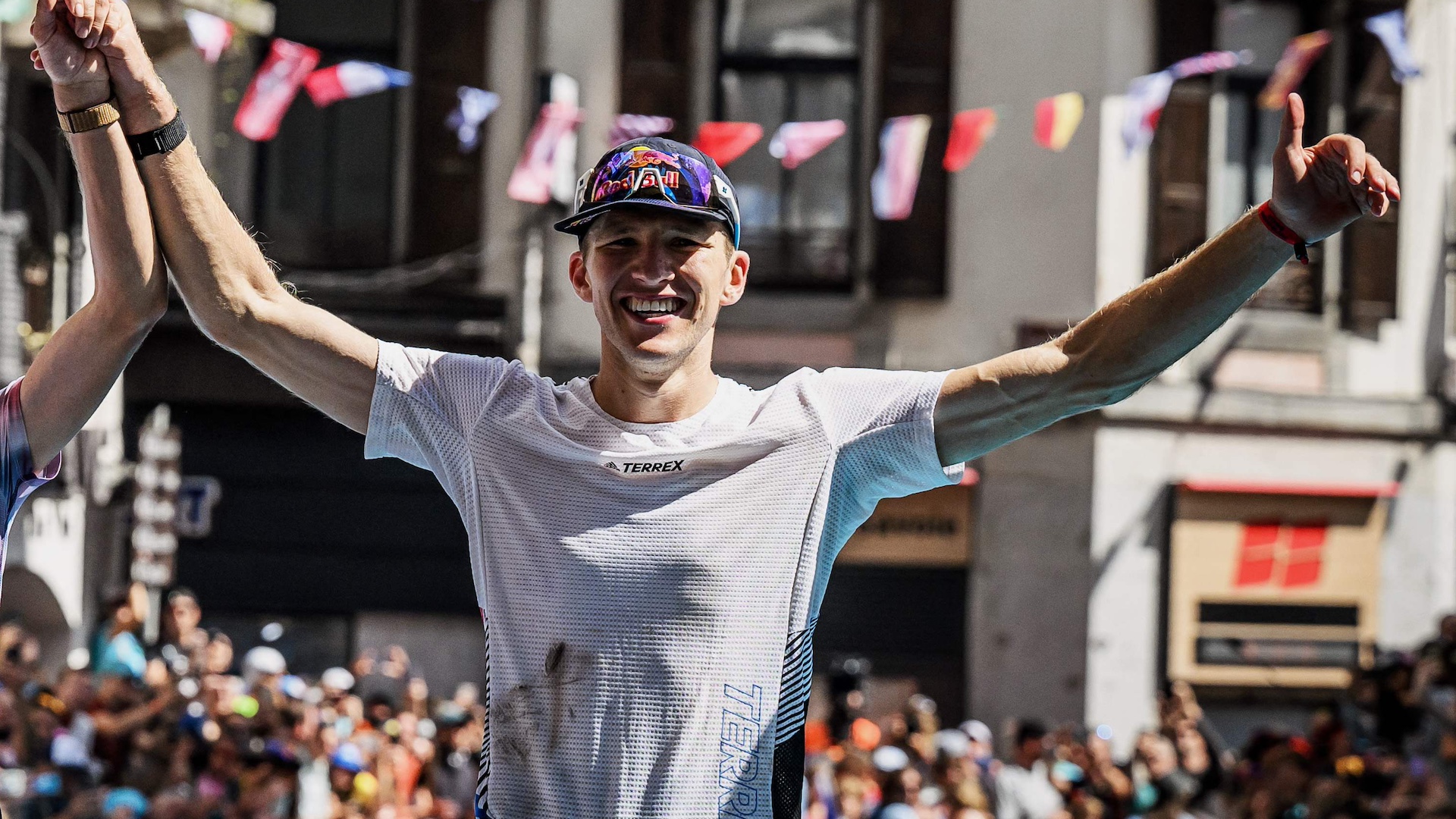
What is the UTMB circuit?
The story of the UTMB World Series begins with a race cooked up by a group of friends, that would begin and end in Chamonix and take runners on a 100-mile circuit around Mont Blanc. In its first year in 2003, 722 runners started and just 67 made it to the finish line.
Fast forward to 2024 and tens of thousands of spectators squeeze into Chamonix each year to watch the 10,000 runners who take off from the starting line with hopes of finishing.
“It’s a big celebration. It’s a big moment of community, people are here with their families and it’s a moment where the whole trail running community is united,” says Lamblin, who joined the UTMB three years ago from a cycling background, working with large-scale events like the Tour de France
Advnture Newsletter
All the latest inspiration, tips and guides to help you plan your next Advnture!
To get to Chamonix, runners must first compete in another race on the circuit – from Cornwall to California to Chiang Mai. If they finish, the receive a finishers stone which allows them to enter a lottery.
Some of the races on the circuit were pre-existing events that were absorbed into the World Series, like the Arc of Attrition, while others were created by the UTMB. Some have been added to respond to the demands of the local community while others have created to try to raise interest in the sport – sometimes with stunning results.
In Thailand, the UTMB races were part of a government initiative to get citizens to be more active. Within 10 years, trail running has skyrocketed from virtually non-existent to the second-most popular sport after boxing following the addition of two UTMB races. Thai runners now make up the fifth-largest group of runners in the OCC, the 57k race that’s part of the finals.
“We have achieved something quite amazing there,” says Lamblin.
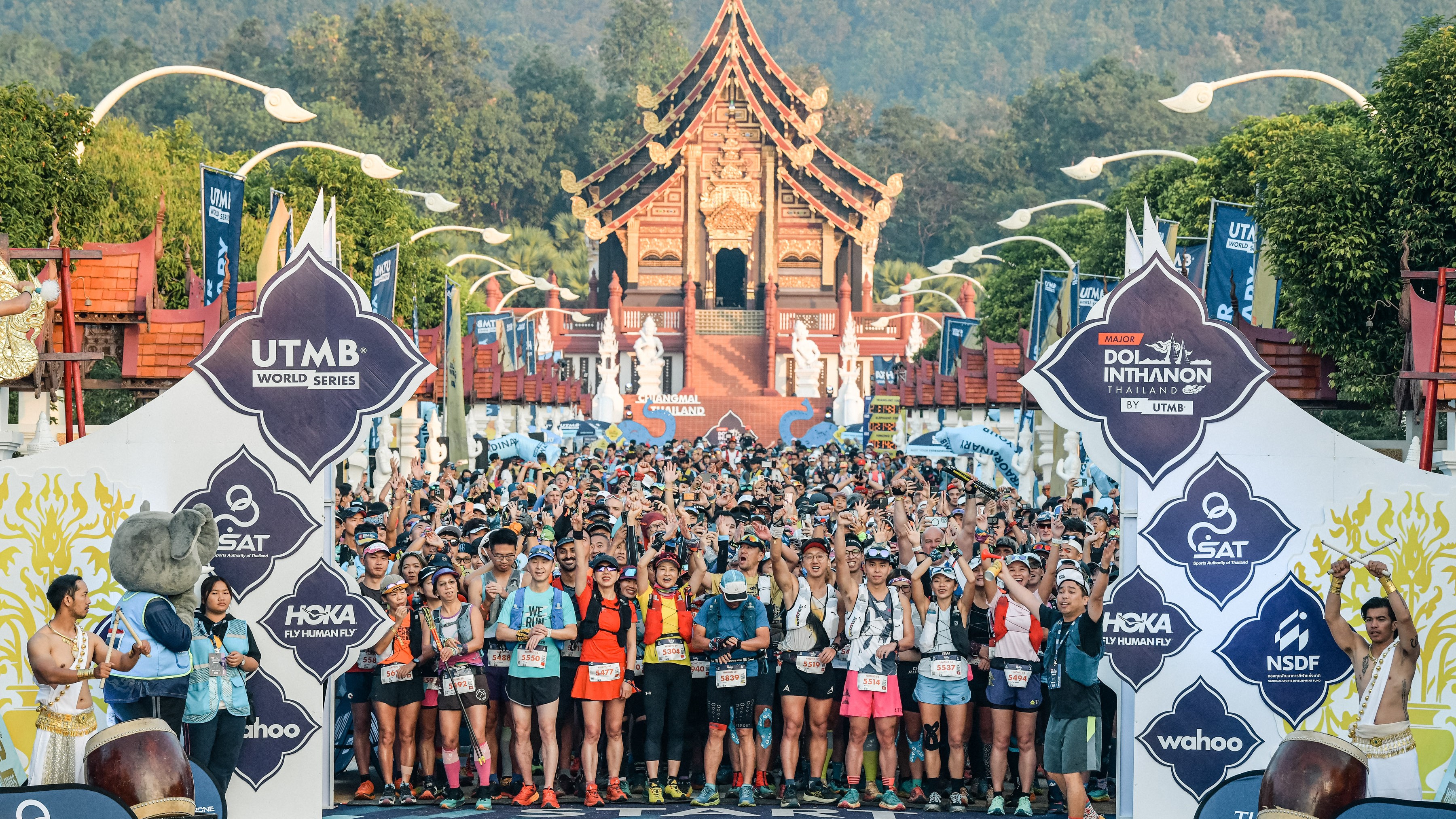
A greener future
Trail running seems like it should be a fairly environmentally friendly activity, except perhaps for all that EVA foam in trail running shoes. But turn it into a global event and you’ve suddenly got a lot more people catching a lot more planes to compete and support athletes.
In the past three years, the number of events on the circuit has doubled and in 2024, more than 134,000 participants took part. The exponential growth combined with a partnership with car manufacturer Dacia had some athletes such as Kilian Jornet and Zach Miller calling into question the sustainability of the series in recent years.
“Every decision we make is scrutinized and debated, so we know that we have a lot of responsibility and we need to be careful,” says Lamblin, who identifies sustainability as one of two key objectives for 2025.
Running shoe giant Hoka took over as the title sponsor last year (Dacia is still a sponsor), something Lamblin describes as “a good fit since day one” and now the series is making moves to reduce its carbon footprint.
There are small (but important) initiatives being implemented, such as reducing plastics and waste at aid stations globally, but what about all those new races? More races means more people and more people would seem to equal a bigger carbon footprint – but the strategy of increasing the number of events is to actually cut down on the number of plane tickets being purchased.
Right now, an ultra runner in Poland may have to fly to Sweden to compete for a stone, but add a race in Poland or even neighboring Germany and they won’t have to travel as far or by air.
This year will see a further nine events added to the circuit including in Turkey, Japan and Chile. Each race that’s added will have uniform standards, but each will be an opportunity for runners to experience something unique.
“We want people in the finals to experience the mountains and we want people in the Arc of Attrition to experience Cornwall,” says Lamblin.
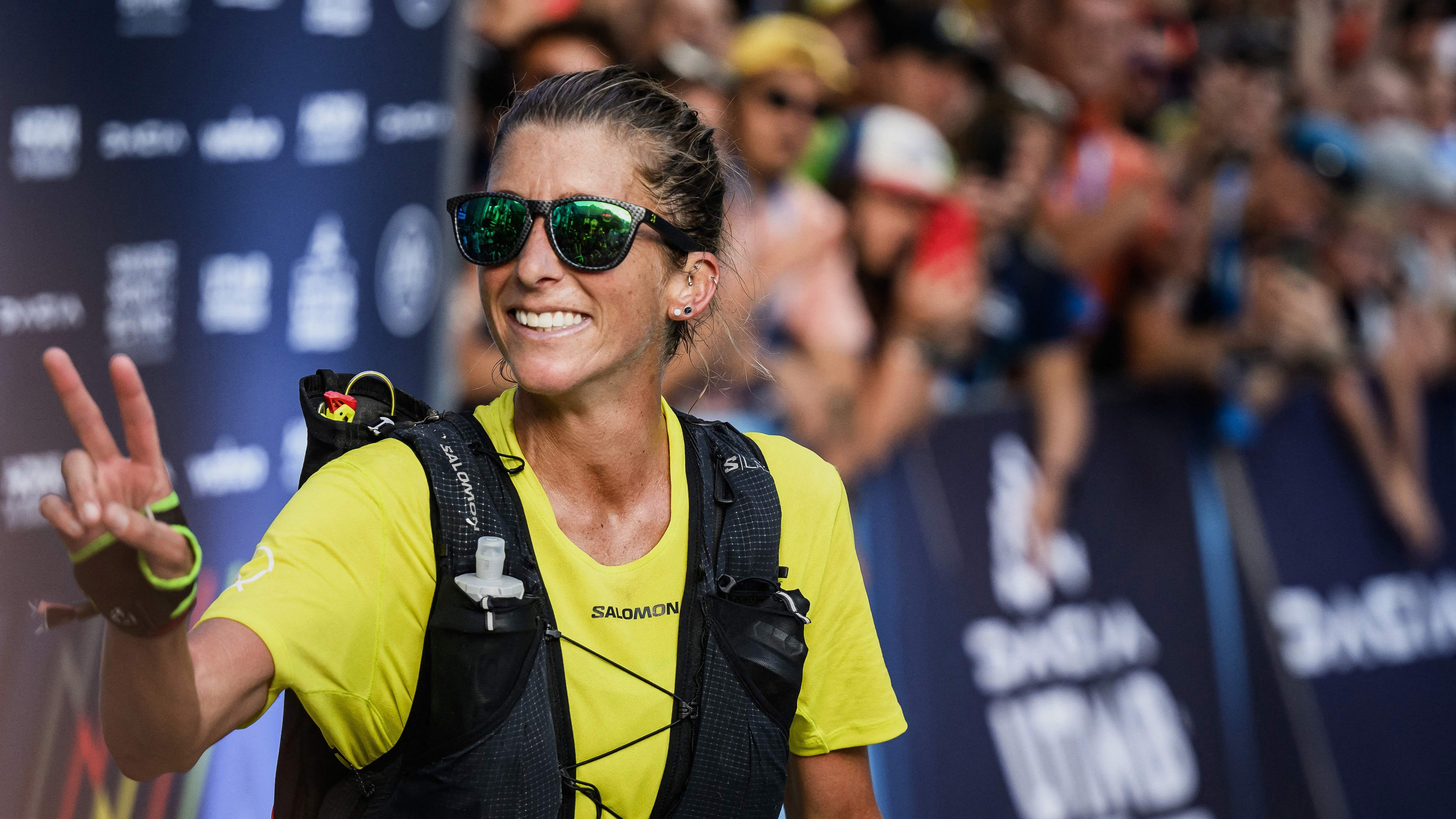
A more inclusive sport
The other big goal for 2025 is increasing the number of female participants – and improving their experience on the courses. Some big ground has already been covered on this front; back in 2003 only seven women crossed the finish line but in 2024, the number of female participants was 29 percent, up four percent from the previous year and equalling nearly three thousand runners. Recent female winners like Courtney Dauwalter and Katie Schide and Courtney Daualwater have grabbed a lot of headlines. But as Lamblin says, there's always work to be done.
For starters, in 2025 all aid stations on the UTMB circuit are to be equipped with menstrual products as well as separate toilets for female runners. Beyond this year, the circuit also hopes to extend its plans to make its events more inclusive to transgender runners and continue improving its Adaptive Athlete Policy, which encourages participation for athletes with disabilities.
“Trail has the potential to be one of the most inclusive sports but still there are obstacles today and maybe our role is to help lift some of these obstacles."
Julia Clarke is a staff writer for Advnture.com and the author of the book Restorative Yoga for Beginners. She loves to explore mountains on foot, bike, skis and belay and then recover on the the yoga mat. Julia graduated with a degree in journalism in 2004 and spent eight years working as a radio presenter in Kansas City, Vermont, Boston and New York City before discovering the joys of the Rocky Mountains. She then detoured west to Colorado and enjoyed 11 years teaching yoga in Vail before returning to her hometown of Glasgow, Scotland in 2020 to focus on family and writing.
